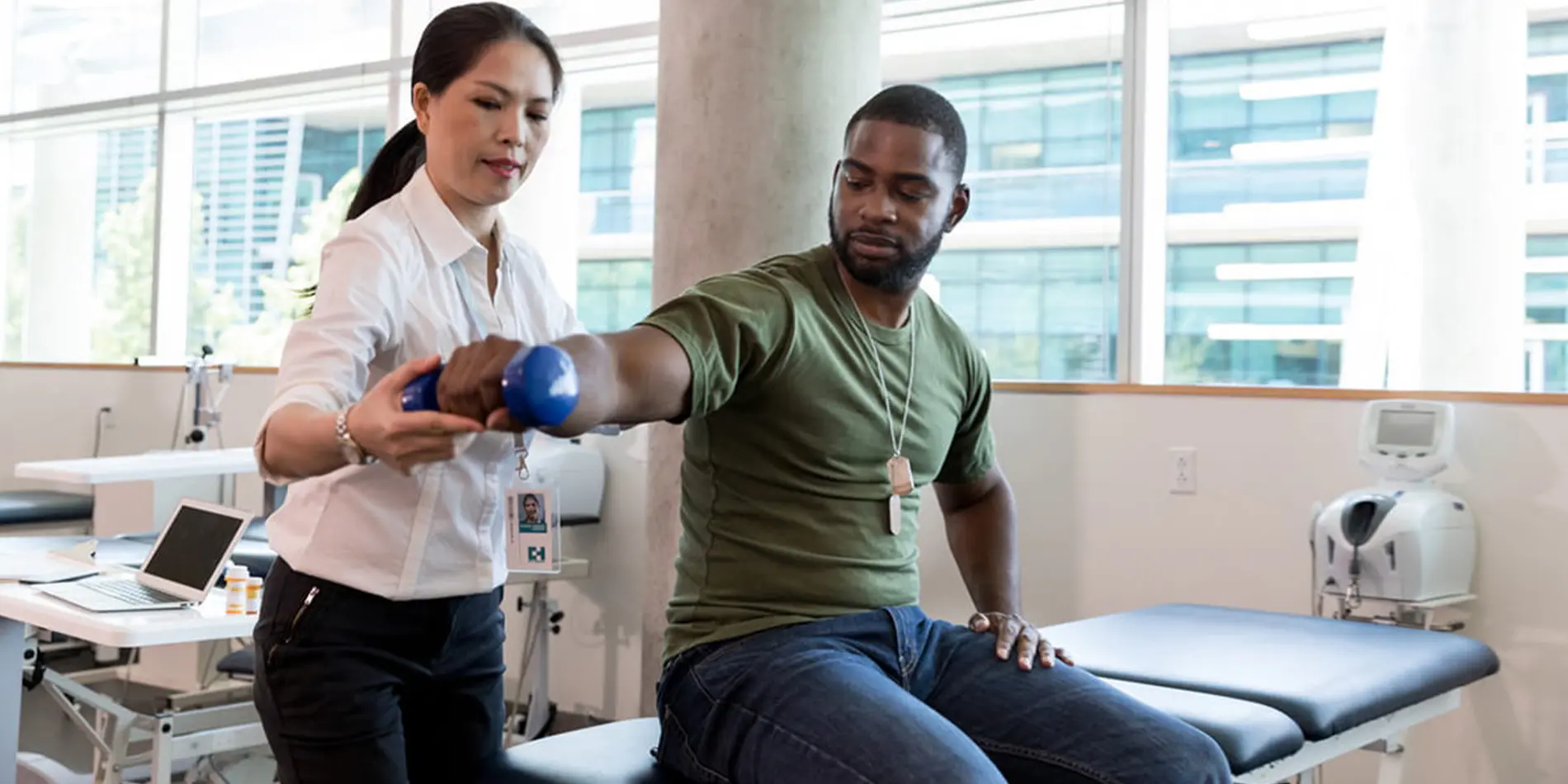Evaluating the Interplay of Articular Mobility and Balance in Client Outcomes
Evaluating the Interplay of Articular Mobility and Balance in Client Outcomes
Blog Article
Articular mobility and control are crucial factors that influence client results in physical therapy and rehabilitation. Articular mobility refers to the range of movement permitted at a articulation, while stability involves the ability to sustain management of that joint during movement. When clients have good joint range of motion, they can navigate their extremities freely, which is essential for conducting daily tasks. On the other hand, stability helps prevent injuries by allowing the system to preserve proper alignment and equilibrium during these actions. Understanding how these two factors connect can lead to better treatment plans and enhanced recovery for clients.
In numerous cases, patients with joint pain or traumas often experience a decrease in mobility. For example, disorders like osteoarthritis can limit how much a articulation can move, making it challenging for individuals to execute activities such as walking or climbing stairs. Rehabilitation specialists commonly focus on activities that enhance mobility through flexibility work and fortification. These activities can help restore the range of movement, making it easier for patients to participate in their everyday tasks. Nonetheless, increasing range of motion without accounting for steadiness can lead to additional injuries, emphasizing the necessity for a balanced approach.
Stability is equally crucial in rehabilitation. When a articulation lacks stability, it becomes more vulnerable to injuries during activity. For instance, an wobbly knee joint can result to sprains or ruptures while running or leaping. To improve stability, rehabilitation specialists may integrate exercises that fortify the muscles around the articulation. These exercises help support the articulation and prevent excess movement that could result to injury. By concentrating on both mobility and control, therapists can provide a comprehensive treatment plan that addresses the specific needs of each client.
The interplay between articular mobility and control is particularly clear in sports medicine. Athletes frequently require a high level of both importance of physical therapy in rehabilitation flexibility and stability to perform at their best. For example, a dancer needs to have flexible articulations to achieve intricate movements while also preserving stability to prevent falls. In sports training, trainers and trainers stress the importance of cultivating both aspects to improve performance and minimize the risk of harm. This approach ensures that athletes can perform effectively while keeping their articulations safe during strenuous activities.
In conclusion, understanding the connection between joint movement and stability can lead to improved outcomes for clients in multiple settings, from therapy facilities to sports training centers. By visit the site promoting both elements, healthcare professionals can help clients recover their strength and assurance. This balanced method not only helps in recovery but also arms individuals with the resources they need to prevent subsequent injuries. As studies continues to advance in this area, the significance of integrating range of motion and control in treatment plans will continue to be a key focus for enhancing patient care and overall health.